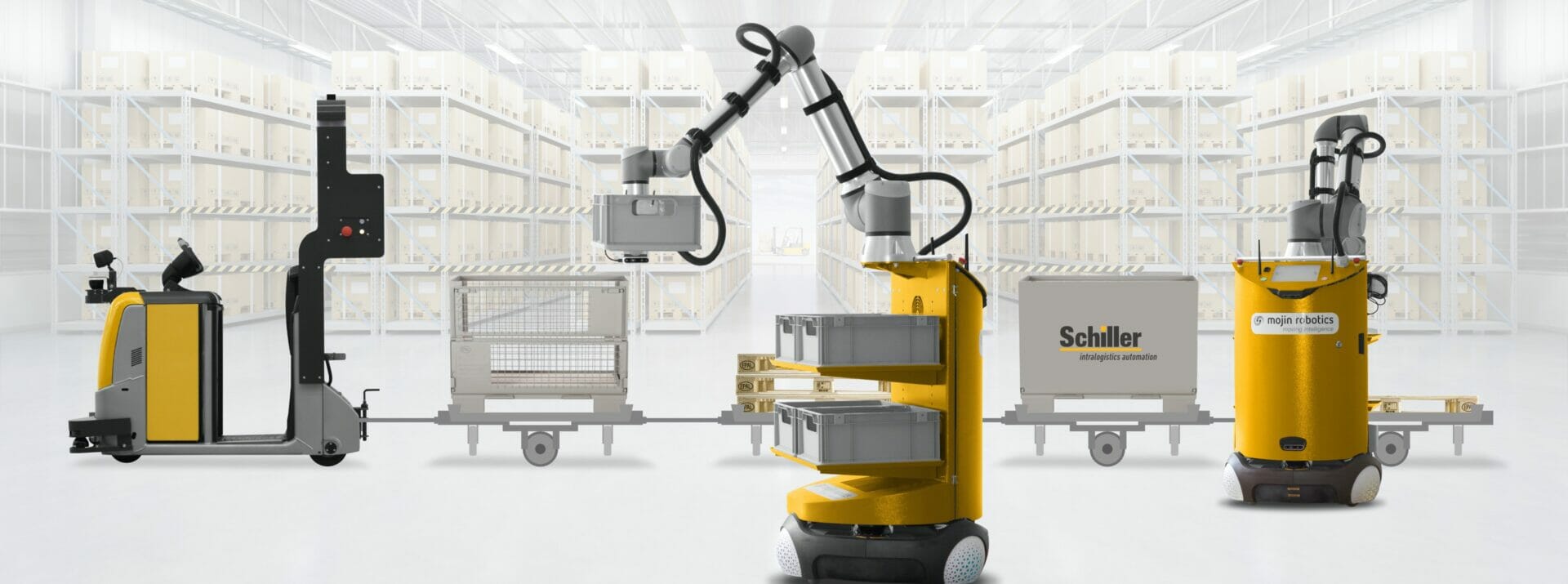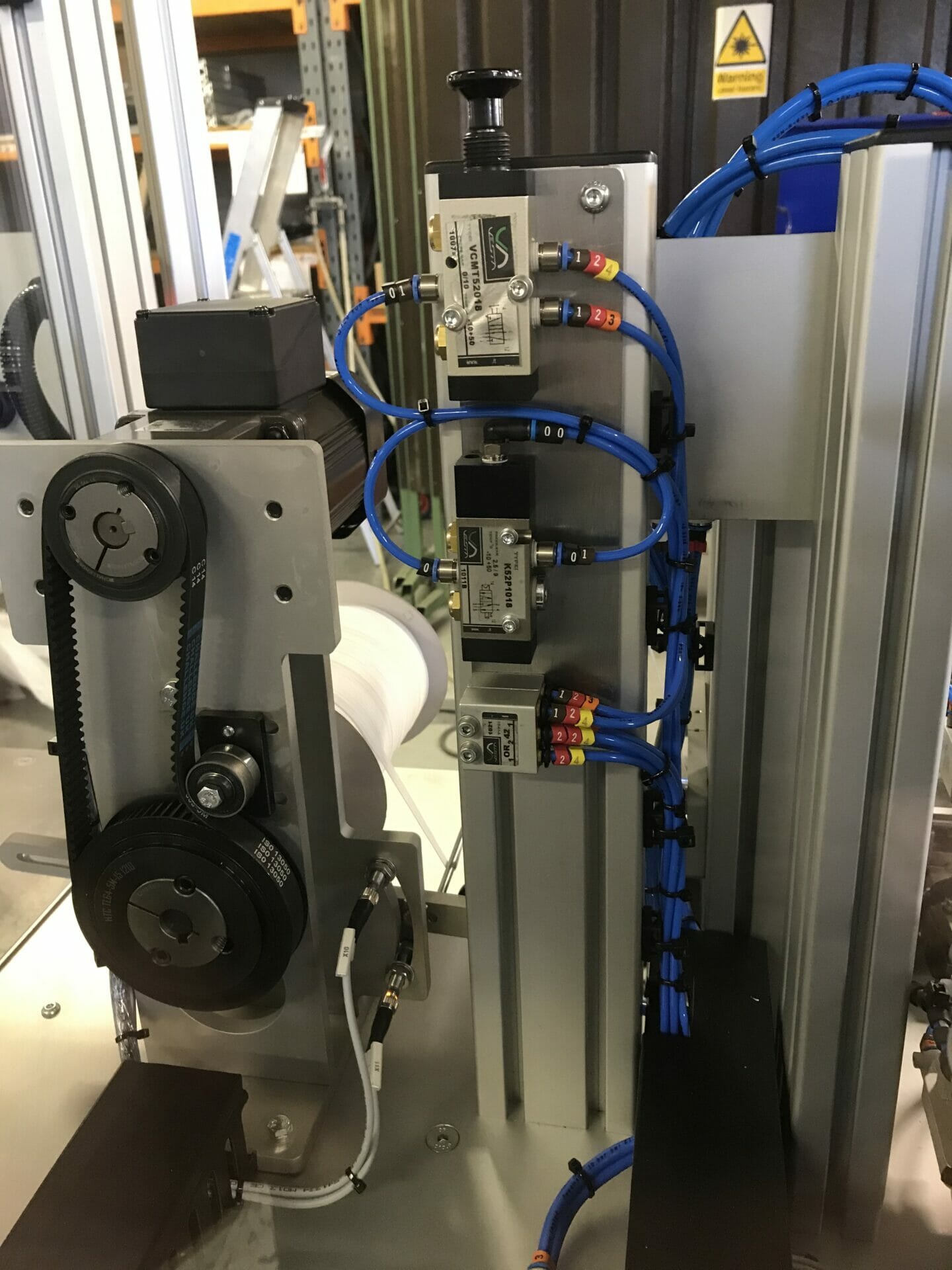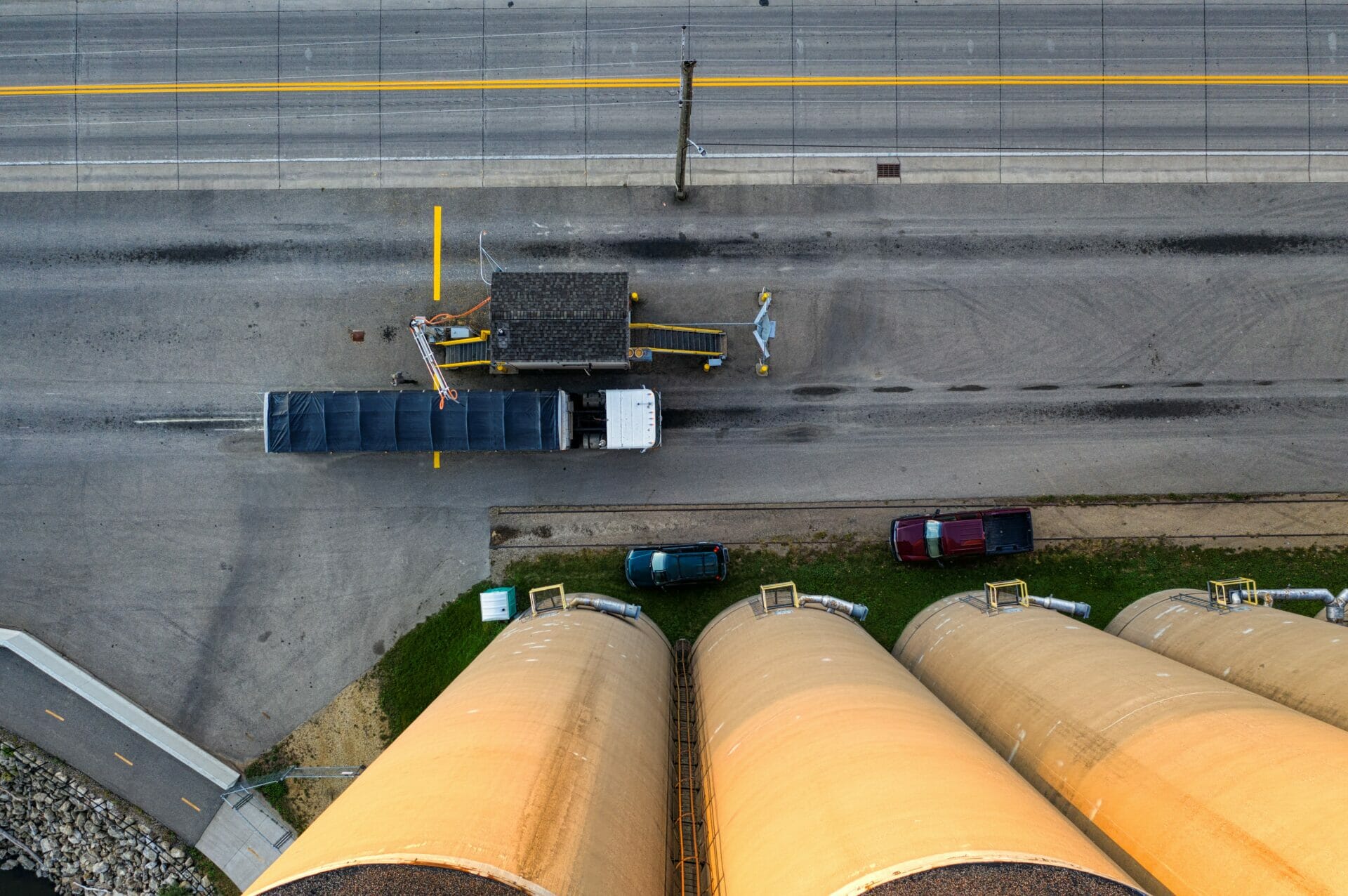According to the latest Global Smart Factory Market Report and Forecast, 2021 – 2027 the worldwide Smart Factory market is expected to reach $138 billion by 2027, rising 10% each year.
In fact, it is rapidly becoming clear that successful adoption of smart factory practices and strategies may be the determining factor between the winners and losers in tomorrow’s world of manufacturing industries. Smart, integrated, highly-automated plants will be a requirement to stay competitive, because without secure, efficient and flexible intra-logistics and production, you might end up pricing yourself out of the market due to higher production costs than your competitors.
In the end, companies which are fastest to implement these processes will have significant advantages.
Barriers, and how to get over them
Managers often see obstacles to the Smart Factory, perhaps based on previous disappointing experiences when they tried isolated single solutions instead of aiming to integrate all production and intra-logistics in an overall system.
As an example, a hundred robots may run perfectly on their own, but if you want to gain the cost benefits you are seeking they all need to be seamlessly integrated and coordinated as a complete continuous process. Only then, can they work smoothly together as part of a real Smart Factory.
Putting it all together
A true Smart Factory is a completely integrated, highly-automated, manufacturing area that connects all intra-logistics and production steps using hardware and software that accesses a real time data base. This is only possible if you connect and integrate everything in one overall system covering parts & raw materials, logistics, machines and sub-processes.
In this way, logistics and production are one unit, allowing you to see at one glance and in real-time where every single part and every single step in your production is. Real-time data and advanced automation make the factory an integrated unit of connected, digital, flexible and safe processes. This is vastly different from the traditional series of discrete, disconnected steps that most manufacturing plants are operating upon today.
Making sense of the complexity
Our company SCIO Automation has long experience as a strong and reliable partner supporting Smart Factory implementations all over the world. Based on our deep experience we look at the client’s process landscape and make specific, targeted suggestions for automation solutions – both from our portfolio as well as third-party products. And if there isn’t a solution on the market, we are most likely able to innovate and develop customized products like our AGV-conversion kit for any commercially available tugger train on the market.
The key is for managers to switch from a ‘hardware-only’ mindset to imagining overall integration of digitally-enabled process environments using software which connects everything in one system, based on real-time data. Employing this approach, which we’ve refined and proven widely, we are making the Smart Factory of the future a reality today.
For more information visit www.scio-automation.com








